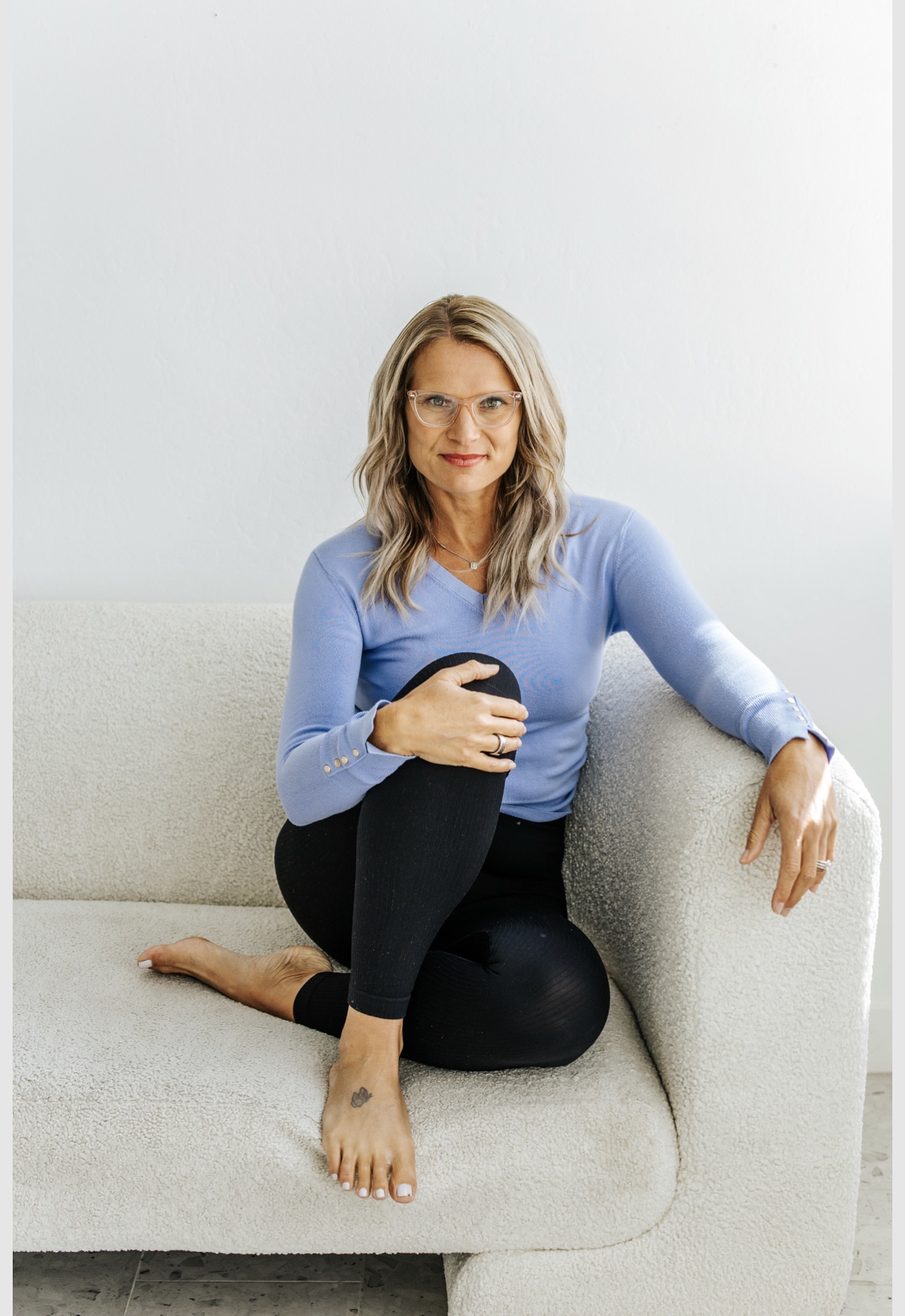How Exercise Affects Hormones
Hormones run the body. Hormones are simply chemical messengers, and the body is a giant electrical system. Of course, that is reductionistic. But essentially, chemicals drive reactions in the body. Cause and effect, my darlings.

If your hormones are off, the systems of the body will be off. And you will not feel good. You will be tired and have resistant weight loss and be susceptible to infection. You will have low body temperature and your hair will fall out. You will make insufficient thyroid hormone and you will have irregular periods.
We women are sensitive. And that is not a bad thing. Like, we are actually quite sensitive to changes in our environment. We process and handle stress differently than men. Our systems need to be able to make and keep babies. Your body demands a homeostatic environment. And you can provide that environment through a bit of self care, and that involves proper exercise.
There are two exercise extremes. One involves sitting on your bootie, day after day, and not intentionally moving. Sometimes we unintentionally don’t move. Is that a double negative? I mean this: Non-Exercise Activity Thermogenesis (NEAT) is our body’s accumulated calorie burn as we simply move about our day, no gym required. Of course, the more we move, the more we burn. Walking farther, taking the stairs, putting each piece of clothing away separately as you fold it- all of these things take energy. The more we move, the more we burn. And that is what people have been doing for thousands of years. Picture your great-great-granny at the gym. Nope. That did not happen. She walked and pushed and pulled and held and grabbed and chased. And she was probably fairly fit. So be like your great-great granny and don’t sit on your bootie, day after day.
The other exercise extreme involves the more is more camp. If two spin classes a week are good, then seven spin classes a week makes you an cardio saint, right? Nope. Too much cardiovascular exercise sets off an ugly hormone cascade that can get you the opposite of what you are striving for.
On an unrelated note, a dear new client is an English professor. She wrote me an email this week and assured me that my embarrassment over using a preposition at the end of a sentence is completely unfounded and outdated. Like, real outdated. Like, a throwback to the time where people were creating English from Latin outdated. Let that be known for the rest of my blog career.
Anyhoo.
That hormone cascade.

photo via unsplash by Mike Lewis HeadSmart Media
When you push the body that is already suffering from hormonal imbalance or another chronic health condition, your body essentially steals your master steroid hormone pregnenolone away from your other sex hormones like DHEA and testosterone and estrogen. The body does this because your main stress hormone cortisol needs progesterone as a precursor. Progesterone is synthesized from pregnenolone, too. But staying alive is more important than perfect digestion or perfect periods, so the body takes your pregnenolone to make sufficient cortisol to support your body to stay alive for your next spin class. And all of that cortisol can stay in the belly. Or on the belly. Why do we all have belly fat? Our great-great grannies certainly did not have the ubiquitous apple shape we see on all women from pre-puberty to grannyhood.
We are stressed, ladies. And our tummies show it. So don’t do spin class 7 days a week either.
So how should women exercise? The Goldilocks principle is at play here. Most people don’t like the Goldilocks principle. Moderation is boring. It is more fun to tell people that you ran 42 miles this week, or that you did hot yoga Monday through Saturday.
But I stress to you, moderation with exercise will get your farther than you think.
Let go.
There are a few ways that women specifically benefit from proper exercise. When we are younger, we have sufficient estrogen. We should, anyway. As estrogen is a growth hormone, normal levels give women their lovely hourglass shape. Estrogen receptors lie in abundance in the hips, butt, and breasts. These areas traditionally grow in puberty. When progesterone helps estrogen level off to a normal amount, the growth stops.
Estrogen dominance means you have too much estrogen and not enough progesterone. Too much estrogen slows down thyroid function. A slower thyroid generally means you will gain weight. Much of this weight gain will be around the middle.
Without enough estrogen, the body will hold onto fat in the middle, and begin to lose fat in the breasts, hips, and bootie. Now we have an apple shape, not traditionally the volouptous shape of a healthy woman.
So we want a Goldilocks balance of estrogen, too. Not too much. Not too little.
Progesterone and estrogen go hand in hand. Remember that progesterone will convert into cortisol via one hormone pathway. Progesterone slows down the growth that estrogen is programmed to do. Progesterone is also a buffer against stress. We women feel less tense and less reactive to difficult situations when our progesterone levels are sufficient.
On the other hand, progesterone levels that are too high can lead to insulin resistance. Estrogen in proper amounts makes the female body sensitive to insulin- a good thing. This helps us store less fat. But progesterone that runs unopposed in the body can lead to our bodies becoming insensitive to insulin. When this happens, glucose has nowhere to go except fat tissue. So we gain a bit more. Again, usually around the middle.
Since both progesterone and estrogen impact the release of thyroid hormone, if you are deficient in progesterone and also estrogen, you may also experience the slowing of thyroid function. It is a sad cascade for many women who are just trying to keep fit. What in the world?! This hormonal cascade can manifest in symptoms like exhaustion, no libido, feeling tired and wired and “buzzy”, and depression. Estrogen and progesterone receptors in the brain can mean your serotonin and dopamine levels bottom out too. It’s the hormones. I mean, it is you too. But the root cause is the hormones.
Estrogen begins to rise during the follicular phase of your menstrual cycle and peaks during ovulation. Since estrogen makes you more sensitive to insulin, you can exercise a little harder during days 12-18 or so of your cycle.
On those days, do 15 minutes of High Intensity Interval Training, every other day. Just 15 minutes. I like Tabatas, where you set your timer for intervals for working and for rest. For instance, if your exercise were burpees, you could do something like:

Then, on the other days, just walk. Really. Get in 10,000 to 12,000 steps. This is a lot of miles. Done appropriately, you will rack up NEAT and burn a goodly amount of calories throughout the day without demanding too much cortisol.
During the rest of your cycle, you can do 3 (15 minute) HIIT sessions every week if you feel like it. Walk 10,000 steps on those days as well. It is good to very minorly stress the body. It is good to move the body all of the time. It is not good to never move the body and it is not good to overstress the body with exercise. Make sense?
So use the beautifully created hormone cascade to your advantage, ladies. Eat meat to make pregnenolone. Keep your pregnenolone in place by moving a lot but not overexercising. This will allow your body to make sufficient amounts of DHEA, testosterone, and estrogen. Also progesterone. And with balanced hormones, your body will respond appropriately to exercise.
Do you already do this? Do you plan to start? What will you change or keep the same? I would love to know.
To your health,
Jennifer






